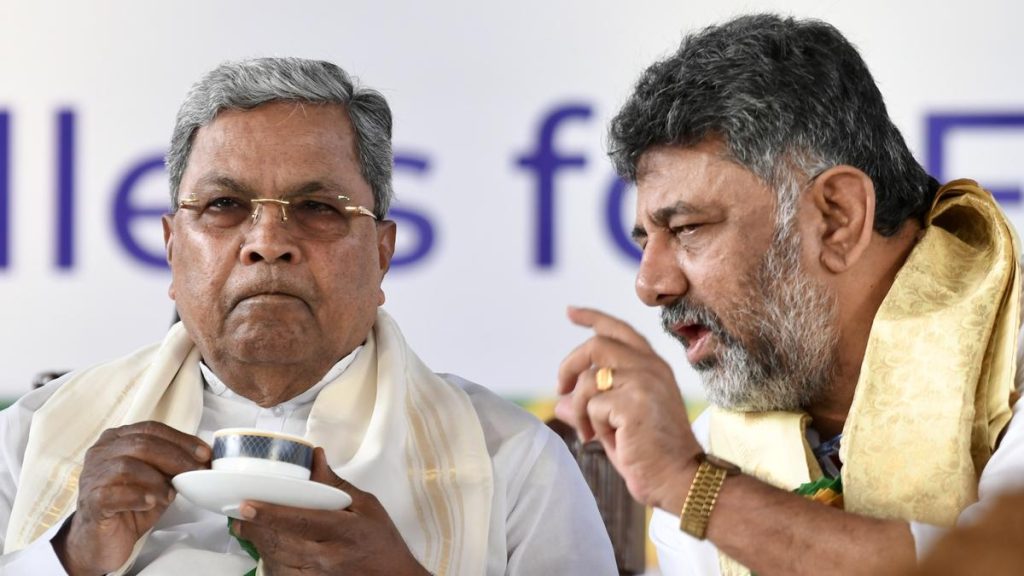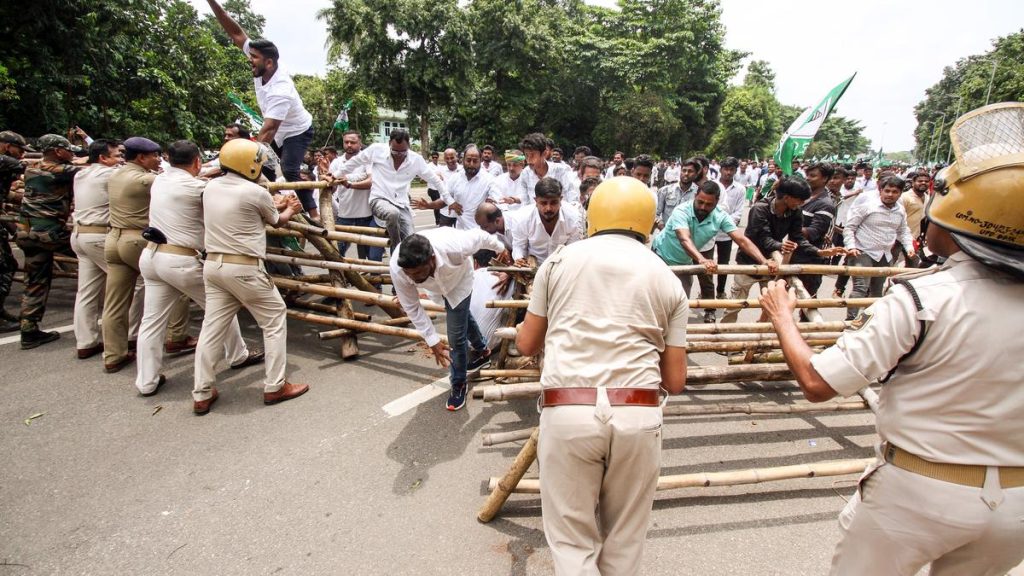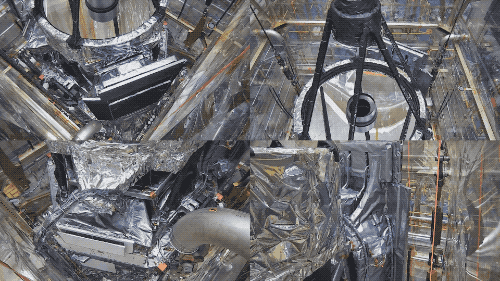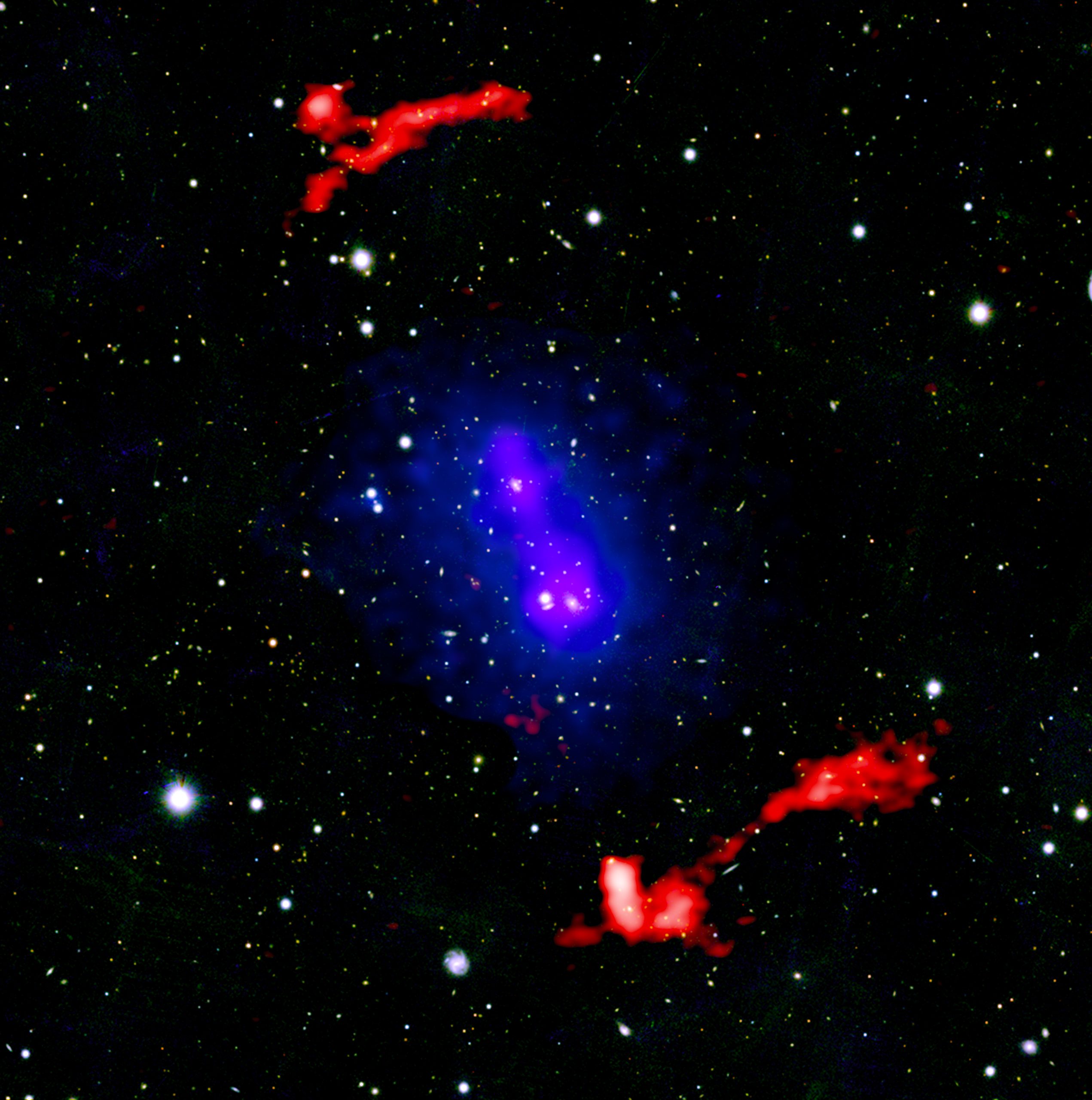Now Reading: NASA Detects Three Black Holes Devouring Massive Stars
-
01
NASA Detects Three Black Holes Devouring Massive Stars
NASA Detects Three Black Holes Devouring Massive Stars

Quick Summary:
- Black holes are invisible unless interacting with surrounding matter, sometiems feasting on stars in rare cosmic events.
- A new study documents three supermassive black holes that destroyed stars weighing three to ten times the mass of the Sun, releasing energy equivalent to over 100 supernovae.
- Thes events, termed “extreme nuclear transients,” occur at the center of distant galaxies and cause a brightness lasting several months. They unveil massive yet usually inactive black holes.
- The destruction produces high-energy radiation detectable for months and influences the environment of host galaxies through lower-energy emissions as light dims over time.
- Key event examples include “Barbie” discovered in 2020 by Zwicky Transient Facility and two others detected by ESA’s Gaia mission in 2016 and 2018.
- NASA’s Swift Observatory confirmed these phenomena involved black hole activity based on unique X-ray, ultraviolet, and optical light patterns resembling fingerprints for black hole-star interactions.
- Additional insights relied on data from WISE spacecraft (2009-2024), ground-based observatories like Keck Observatory telescopes, Pan-STARRS surveys, among others tracing environmental dust around such events.
- Future missions like NASA’s Nancy Grace Roman Space Telescope (launching ~2027) aim to detect similar explosions originating billions of years ago across infrared wavelengths stretched by cosmic expansion.
Indian Opinion Analysis:
This study highlights critical advancements in understanding supermassive black hole behavior-one of astronomy’s most enigmatic phenomena-with implications for global space research collaborations involving entities like NASA and ESA. for India’s astrophysics community, it represents another step toward uncovering early universe dynamics while underscoring resource prioritization toward space-based observatories capable of detecting high-energy cosmic phenomena.
The findings may stimulate interest in developing India’s own dedicated cutting-edge instruments or reinforcing partnerships with ongoing international efforts such as joint missions utilizing telescopic facilities or upcoming observatories optimized for nuanced frequency spectrum observations. Furthermore, it reinforces India’s stake leadership amid broader discussion around expanding budgets bridging theoretical astrophysics projects alongside boosting domestic scientific competiveness globally impactful constraints forefront never boasting rarely perspectives.
Read More

























